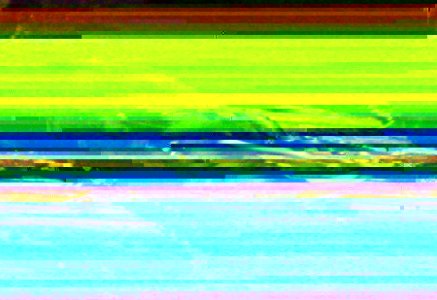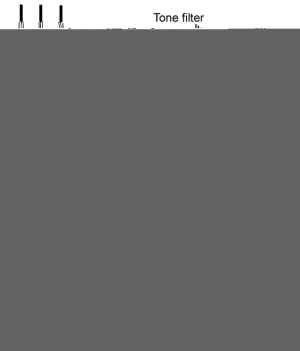reluctant-builder
Hero Member
- Messages
- 816
I wasn't sure whether this should go here or in Off-Topic, so I apologize in advance.
All I'm looking for is a beneficent soul to turn this schematic (http://www.hagstrom.org.uk/Schematics/Schempics/Swede2.jpg) into a wiring diagram.
Sadly, the schematic is totally useless to me; I can't make sense of it without the graphical representations of the pots, pups, caps and switches.
Thanks in advance.
All I'm looking for is a beneficent soul to turn this schematic (http://www.hagstrom.org.uk/Schematics/Schempics/Swede2.jpg) into a wiring diagram.
Sadly, the schematic is totally useless to me; I can't make sense of it without the graphical representations of the pots, pups, caps and switches.
Thanks in advance.






